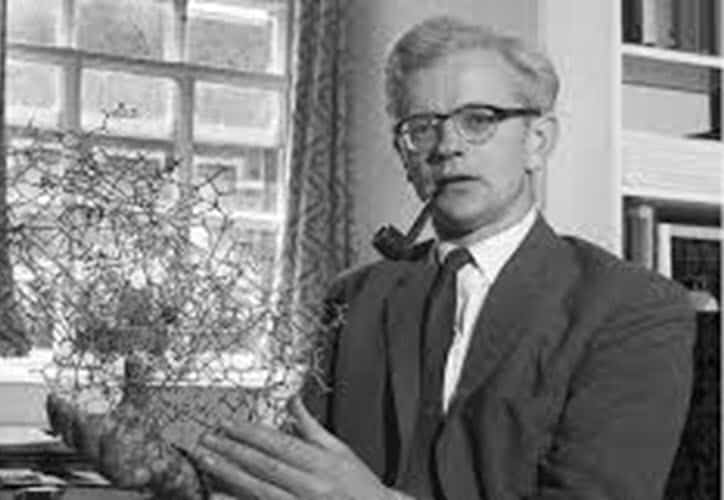John Kendrew (24 March 1917 – 23 August 1997) was a British biochemist and crystallographer who made significant contributions to our understanding of the structure of proteins.
Life and Career
He was born on 24 March 1917, in Oxford, England. He studied chemistry at Trinity College, Cambridge, and received his bachelor’s degree in 1939. He then worked as a research assistant for the biochemist Sir Frederick Gowland Hopkins at the University of Cambridge.
In 1939, Kendrew began his Ph.D. studies at the University of Cambridge, where he worked with the crystallographer J. D. Bernal. During World War II, Kendrew worked on the development of radar systems but returned to his Ph.D. studies after the war ended. He completed his thesis in 1949, which focused on the crystallographic analysis of the structure of the antibiotic penicillin.
In the early 1950s, Kendrew began working with Max Perutz on the crystallographic analysis of myoglobin, a protein found in muscle tissue. Using X-ray crystallography, Kendrew and Perutz was able to determine the three-dimensional structure of myoglobin and show how it stores and releases oxygen. This was the first time that the structure of a protein had been determined in such detail, and it marked a major breakthrough in the field of structural biology.
In addition to his work on myoglobin, Kendrew also contributed to the development of techniques for protein crystallography and to our understanding of the role of proteins in the cell.
He served as the chairman of the Medical Research Council from 1974 to 1984. He also helped to establish the European Molecular Biology Organization, which provides support for molecular biology research throughout Europe.
After retiring from the University of Cambridge in 1982, Kendrew continued to work as a scientist and advocate for science education until his death in 1997.
He died on 23 August 1997, in Cambridge, England.
Award and Legacy
He was awarded the Nobel Prize in Chemistry in 1962, along with his colleague Max Perutz, for their pioneering work in the field of protein crystallography.
Kendrew received numerous other awards and honors throughout his career. He was elected a Fellow of the Royal Society in 1958 and was knighted in 1974 for his contributions to science.
He was also awarded the Royal Medal of the Royal Society in 1971, and the Copley Medal in 1980.
Kendrew’s legacy lives on through his contributions to the field of structural biology, which helped to pave the way for many important discoveries in areas such as drug development and biotechnology.
His work on the structure of myoglobin provided the foundation for further research on the structure and function of other proteins and helped to establish the field of protein crystallography as a key tool in the study of biological molecules.

